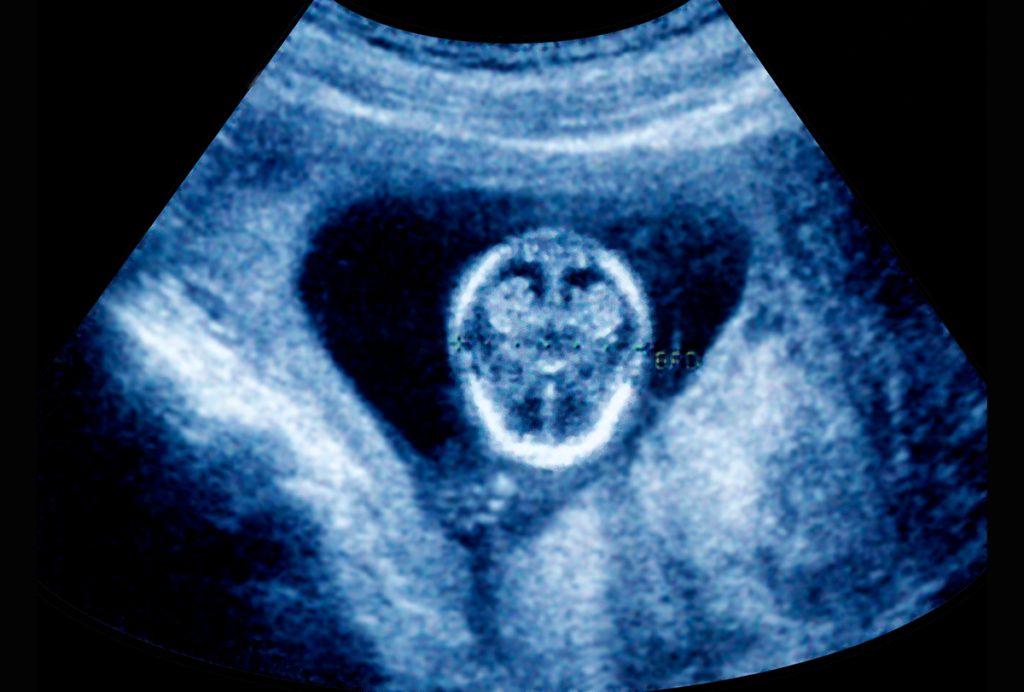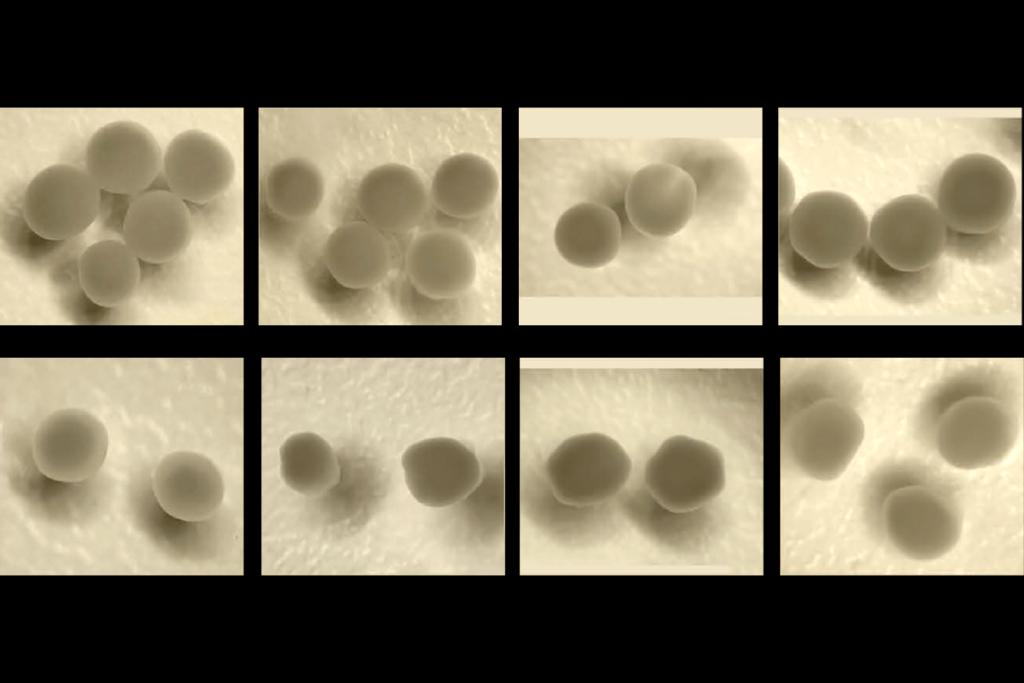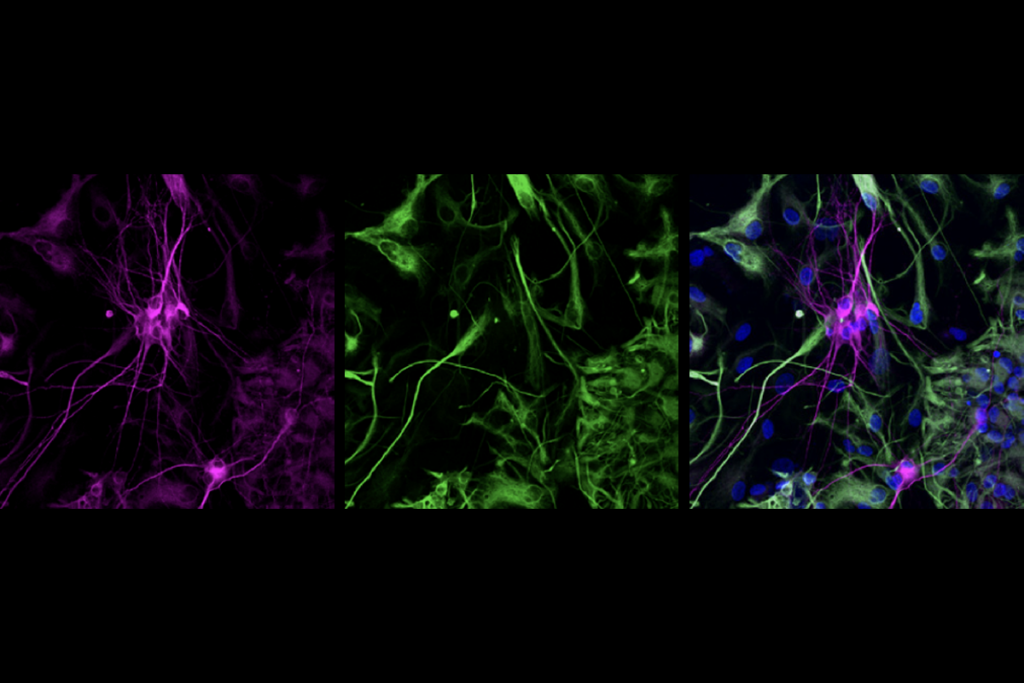Questions for Thomas Insel: Paths to treatments for autism
Finding people who have an autism-linked mutation but no apparent symptoms may be the key to identifying drug targets for the disorder, says Thomas Insel, director of the National Institute of Mental Health.
At a satellite meeting of the 2014 Society for Neuroscience annual meeting in Washington, D.C., researchers described the progress they’ve made in understanding Phelan-McDermid syndrome, an autism-related disorder. Unlike many other forms of autism, this syndrome has a known genetic cause: deletions of chromosomal region 22q13 that include the SHANK3 gene.
But Charles, a teenage boy who has the syndrome, and who spent most of the meeting confined to a wheelchair, has yet to benefit from this knowledge. Watching Charles’ mother talk about her son’s unrelenting seizures and loss of skills was one of the most profound things he has seen at the conference, says Thomas Insel, director of the National Institute of Mental Health (NIMH). Insel has distinguished his tenure at the NIMH with a focus on translation — turning research into tangible benefits for people directly affected by neuropsychiatric disorders.
Here he talks about how scientists can work to translate autism’s genetic successes into practical treatments.
SFARI.org: Does the new list of autism genes published last month get us closer to treatments for the disorder?
Thomas Insel: Right now the community is doing high-fives around the beginning of what looks like a really rich collection of autism associations. This has been an incredible period of discovery, but families are looking for interventions, not papers. We really need a more thoughtful strategy of what to do once you find a genetic signal.
Finding a statistical association in the genome is not the same as finding a drug target. The road from genomic hit to drug target is long, tortuous and usually incomplete. For all the genes that people have discovered, there are very few cases in which we’ve been able to quickly and effectively come up with a target for a drug. In fact, I’m not sure that there are really any.
Think about cystic fibrosis, Huntington’s disease and sickle cell anemia: Even when you know the gene that is the cause — when it’s Mendelian, single-gene, highly penetrant — in many cases that still has not given us an obvious drug target.
SFARI.org: What do you think would be a better approach?
TI: One idea is that when you find a serious lesion that looks like it’s penetrant, to try to identify people who have the mutation but don’t get the disease. Instead of just studying people with the disease, you have to study a population — going from genotype to phenotype — and identify (if you can) a thousand people who have a mutation that should confer very, very high risk. For this to work, you have to genotype everyone, whether they have symptoms or not, and then look up how many people have a SHANK3 mutation, for example.
SFARI.org: There are some large medical databases in countries such as Iceland and Denmark, but is this possible in the U.S., where there is no nationalized healthcare?
TI: It’s a fair question. We’re talking about creating a place where people can opt in to be part of a study. Stephen Friend, who gave an excellent TED talk on this idea, calls it a “superhero study,” because it’s soliciting people to help. It’s not like we’re looking for your vulnerability; we’re looking for how resilient you are.
SFARI.org: What makes someone a superhero?
TI: People who are 75 years old and have the APOE4 homozygous mutation or allele, so that they are at a very high risk for Alzheimer’s disease. And yet, at age 75 they have absolutely normal cognition. You’d want to sequence those people to find out what the genetic modifiers are that might be protective. If you consistently found the same modifier, that might be a useful target.
SFARI.org: Has this approach worked in other fields?
TI: There is one good example: PCSK9, which is a cardiovascular protection gene. If you have the variant that’s protective from birth, you are at very, very low risk for coronary artery disease. It drops your lipids down massively. It doesn’t matter what you eat, whether you have high blood pressure or anything else.
Researchers already knew that there is a gain-of-function mutation that puts you at risk. They wondered whether there’s a naturally occurring loss-of-function mutation that’s protective. So they did a big population study and they took the lowest 5 percent of the curve and found it in people in that curve. There weren’t many of them, but they were completely protected. Then the researchers took a bunch of people and gave them an antibody to PCSK9, so that they could pharmacologically knock it down, and their lipids dropped. There are four companies working on this gene right now.
SFARI.org: How do you find people who are protected from autism?
TI: It’s an empirical question. With autism, you would have to have a mutation that does show up in the general population. It would have to be penetrant enough to be associated with autism, but not always cause autism.
SFARI.org: The traditional method from gene to drug would be to model the mutation in mice. Is this still useful?
TI: You’ve got to do some of the work in animals to get there, but I think that the last decade has convincingly shown that curing a mouse is not the same as treating a person. We do have to do the mouse work, but we also have to be realistic about how far that will carry us.
We also need to map these findings in the developing human brain. At the molecular level, the developing brain looks so different from the adult brain. Jeremy Willsey and Matthew State found nine autism gene hits that didn’t seem to be connected in the adult brain, but most of them are expressed in the same layer of the cortex during gestation. It sort of makes sense all of a sudden, whereas before, it didn’t.
I love this quote by Theodosius Dobzhansky, who was an evolutionary biologist. He used to say, “Nothing in biology makes sense except in the light of evolution.” And we’ve been saying, “Nothing in psychiatric genetics makes any sense except in the light of neurodevelopment.”
SFARI.org: So how should autism researchers take these new genes in hand and move forward?
TI: These rare variants [identified by studies published last month] are the ones you really want to begin to use as a way to break into pathophysiology. I think it’s very important for our field to understand that common variants are giving you the risk architecture, but they may have nothing to do with the mechanism of disease. Nobody in the world of cancer would build drugs based on common variants for risk, unless they were protective.
The next task is going to be to ask not about what the rare variants do individually, but to what extent they do things together. Do they begin to identify pathways of interest? Does this take us to one particular mechanism, or a couple of mechanisms? Does it take us to a particular part of the brain, or to a particular time in development? We can use this to help us begin to understand how this disorder comes about in development.
For more reports from the 2014 Society for Neuroscience annual meeting, please click here.
Recommended reading

Gene-activity map of developing brain reveals new clues about autism’s sex bias

Parsing phenotypes in people with shared autism-linked variants; and more

Boosting SCN2A expression reduces seizures in mice
Explore more from The Transmitter

Anti-seizure medications in pregnancy; TBR1 gene; microglia

Emotional dysregulation; NMDA receptor variation; frank autism
